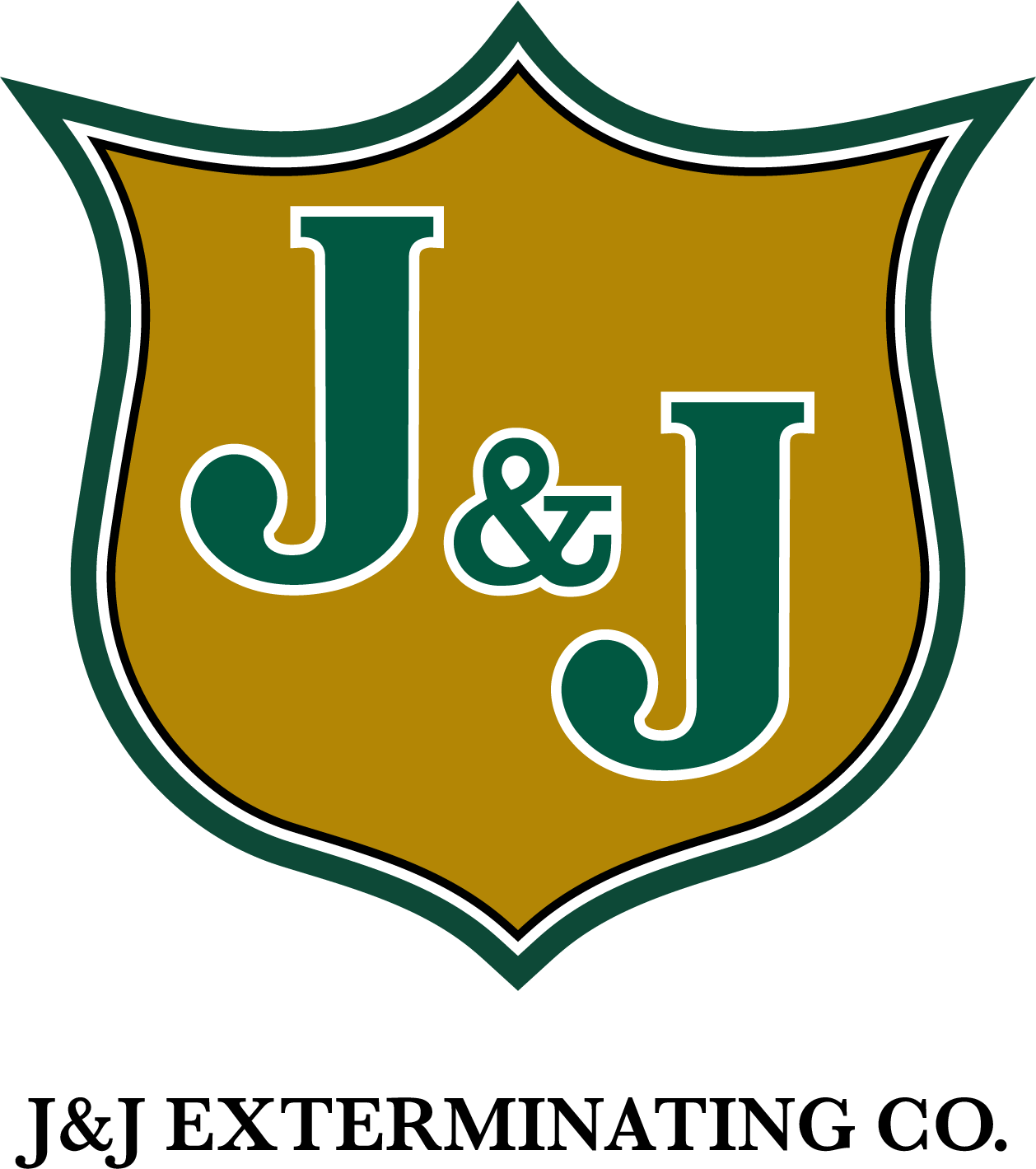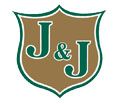The Formosan subterranean termite is an invasive pest in the southeastern states and parts of southern California. These destructive pests probably first arrived in the country within infested boxes that were unloaded from ships that had just returned to the US from the far east during the 1940s. However, Formosan subterranean termites (FST) were not officially documented as inhabiting the US until the 1960s when colonies were recovered near Houston. Less than two years after FST colonies were discovered near Houston, the pests were documented in New Orleans, but they did not emerge as major pests in the city until the late 1970s and 1980s. By 2000, FSTs had inflicted more than one billion dollars in structural damages in the Gulf Coast States, and most of this damage occurred in the French Quarter. That same year, experts estimated that 80 percent of urban buildings and nearly all residential homes in New Orleans had been affected by FSTs.
Today, FSTs can be found in 11 states, but pest control authorities have managed to contain the further spread of the pests, and they remain most problematic in New Orleans. Humans are largely responsible for this species’ expansion across the southeast, as research conducted by Brian Forschler, an associate professor at the University of Georgia, provides strong evidence that infested railroad ties from Louisiana were sold as landscaping products to stores in nearby states. In the late 1990s, the federal government initiated a 15 million dollar area-wide FST abatement program in New Orleans that would go on to last for 15 years. This program was named Operation Full Stop, and while there is no way to eradicate FSTs once they have been established, the program succeeded in containing the pests and reducing infestation rates in New Orleans. The program also allowed pest control professionals and urban entomologists to better understand how this exotic termite pest behaves and how it could be controlled. For example, it was found that an FST colony can eat 1,000 pounds of wood per year, while a native subterranean termite colony can only eat a mere seven pounds of wood per year. This is not surprising considering that a mature FST colony contains 10 million individual termites, far more than the hundreds of thousands found in mature native subterranean termite colonies. In fact, a home in Lake Charles was found to be infested with one FST colony that contained 70 million individual termites.
Were you living in New Orleans while Operation Full Stop was in progress?
Tags: Formosan Subterranean Termites, Termite Control



